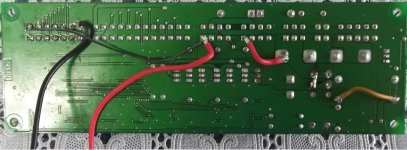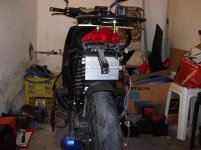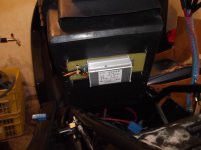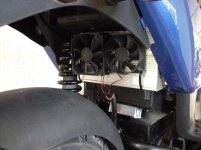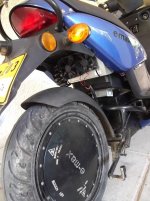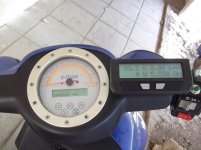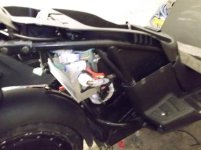yokneamcity
1 W
- Joined
- May 9, 2011
- Messages
- 57
Hi Flexy!flexy said:I have road tested the bike with my ecrazyman 18fet contoller. motor was cogging at slow spped, it smoothed out as I sped up to 20mph, but there was an occasional bump like the motor was missing a beat.
It was drawing 5kw as I climbed a hill , the controller became quite hot and then fets must have blown.
I think this motor needs a bigger controller, I don't want to risk blowing my Lyen 18fet, so I think I need something bigger.
Can anyone recommend a controller that would work, the Lyen 24fet looks promising, also Kelly controllers, but they have many different versions and I'm not sure which would be suitable.
Are you sure you found the right combination of wires connecting the controller to the motor?
Of the 36 combinations (3 phase and 3 Hall sensors), there are 4 options when the motor is spinning.
1) The motor rotates forward
2) The motor rotates back
3) The motor rotates quickly forward, but has no power.
4) The motor rotates quickly back, but has no power.
I think that your version No. 3. Please check it.




